Coppicing Hazel - the how, the why, the where
Lamb’s Tails (as country children call them), the pale-yellow catkins of the hazel, are a familiar sight at this time of year. A traditional component of our hedgerows, they are perhaps seen in more glory when growing unchecked along roadside verges where they can achieve a much greater height. There, up to 15 metres tall in favoured conditions, the soft golden shimmer of hundreds of catkins really is one of the earliest harbingers of spring.

Catkins begin to form early in the winter, small, stubby and dull in colour where they wait until, quite suddenly, they are as we see them now. The transition always goes unnoticed. Even less noticed are the female flowers – for catkins are male. Whereas the majority of plants are self-fertile, Hazel, Corylus avellana, is one of a number that carry both male and female flowers. Wind-pollinated, the breeze carries the pollen from the male to the female to fertilise. However, the pollen has to reach a different plant for it to be successful. The tiny, female flowers can be discovered by careful searching along the branches a few days after the catkins have fully formed.
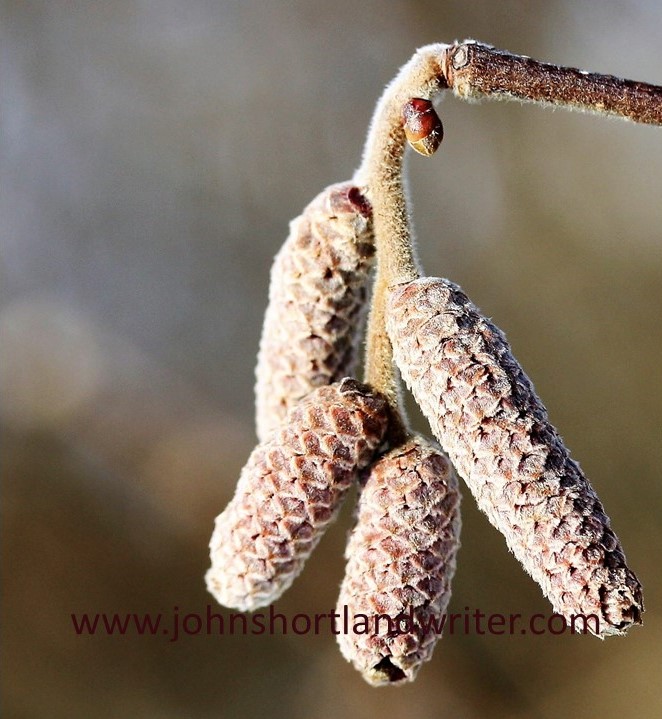

For gardeners, hazel is one of the most traditional and useful of plants and it is worth growing one or two in an odd corner if you have the room. There they will quickly create a multi-stemmed shrub. Visually, as a garden plant, when left to its own devices, it is of limited value (wildlife love it, of course). However, by coppicing the plant there will be a regular supply of poles for runner beans to climb and the twiggy top-growth is the perfect support for garden peas, mange-tout and the headily-scented sweet peas. They are also useful for supporting taller herbaceous plants, saving them from collapse and look so much more attractive than canes and string or wire netting. It’s far quicker to do, too!
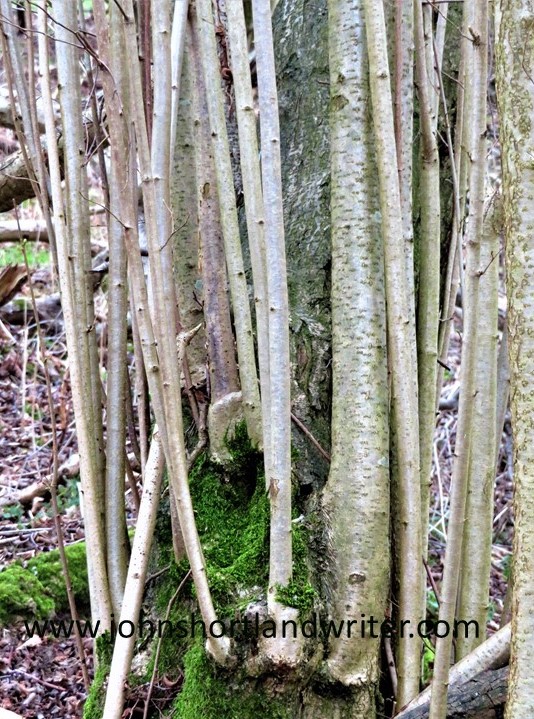
So, what is coppicing and how do you do it? Well, for a start, it’s a dead easy and very uncomplicated form of pruning! All that has to be done is to cut with secateurs or garden loppers the stems to a few inches above ground level during the winter. If you do this over three years by removing only a third of the stems each year you will have stems of varying heights and diameters without losing any screening effect. Although coppicing may seem a drastic form of pruning they quickly regrow and it also prolongs the life of the plant considerably.
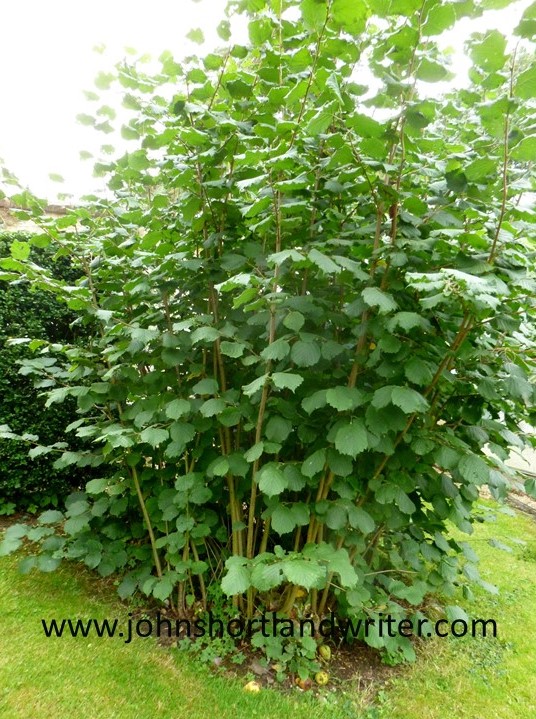
Many years ago, coppicing of hazel (and, sometimes, ash and field maple too) was standard practice in many of our woodlands. These days it is still carried out as a conservation tool to encourage the breeding of our now endangered dormouse and other wildlife. Hazel is the food plant of many moths and the autumn supply of nuts are great favourites with jays, squirrels and wood mice – and, of course, humans. In the photo below of long-neglected woodland, the hazel is naturally regenerating as coppice as the old and heavy branches collapse onto the forest floor.
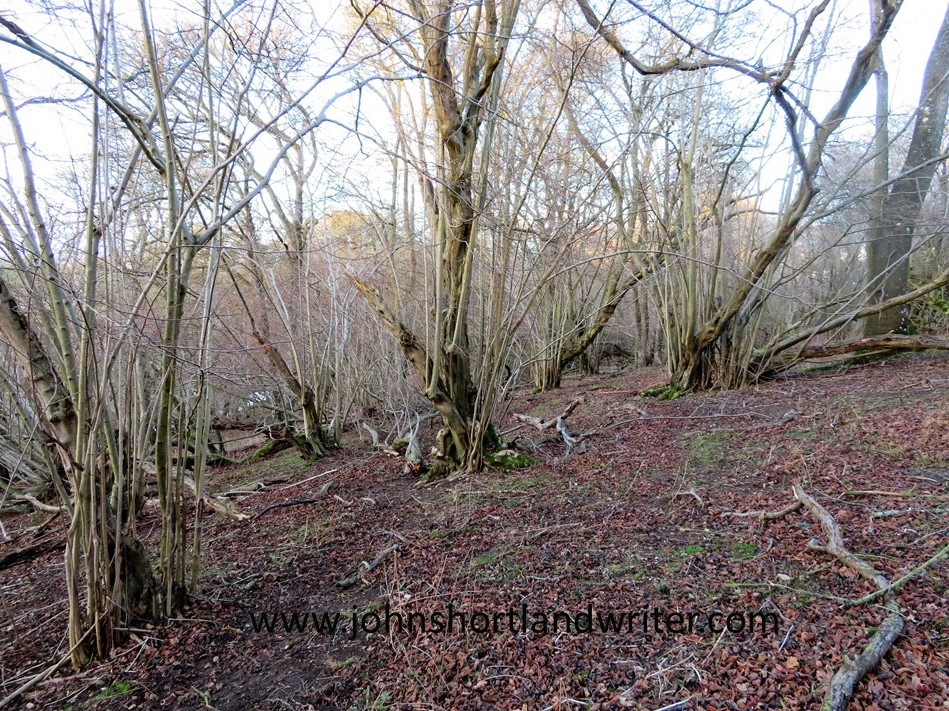
Hazel can be useful, along with willow, to create living structures such as pergolas, arches, fencing and tunnels. They all involve regular pruning in much the same way as coppicing although in most instances the number of upright growths is reduced to one or two. The prunings make excellent kindling for wood burners and, if you’re feeling really creative, rustic furniture. Why not have a go? From just one native species we can have fun projects that are ideal for people of all ages. It can be used as an educational tool too: nature study and conservation, rural history and artistry make it the perfect resource for lockdown and home learning.


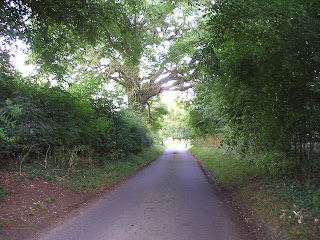
Comments
Post a Comment